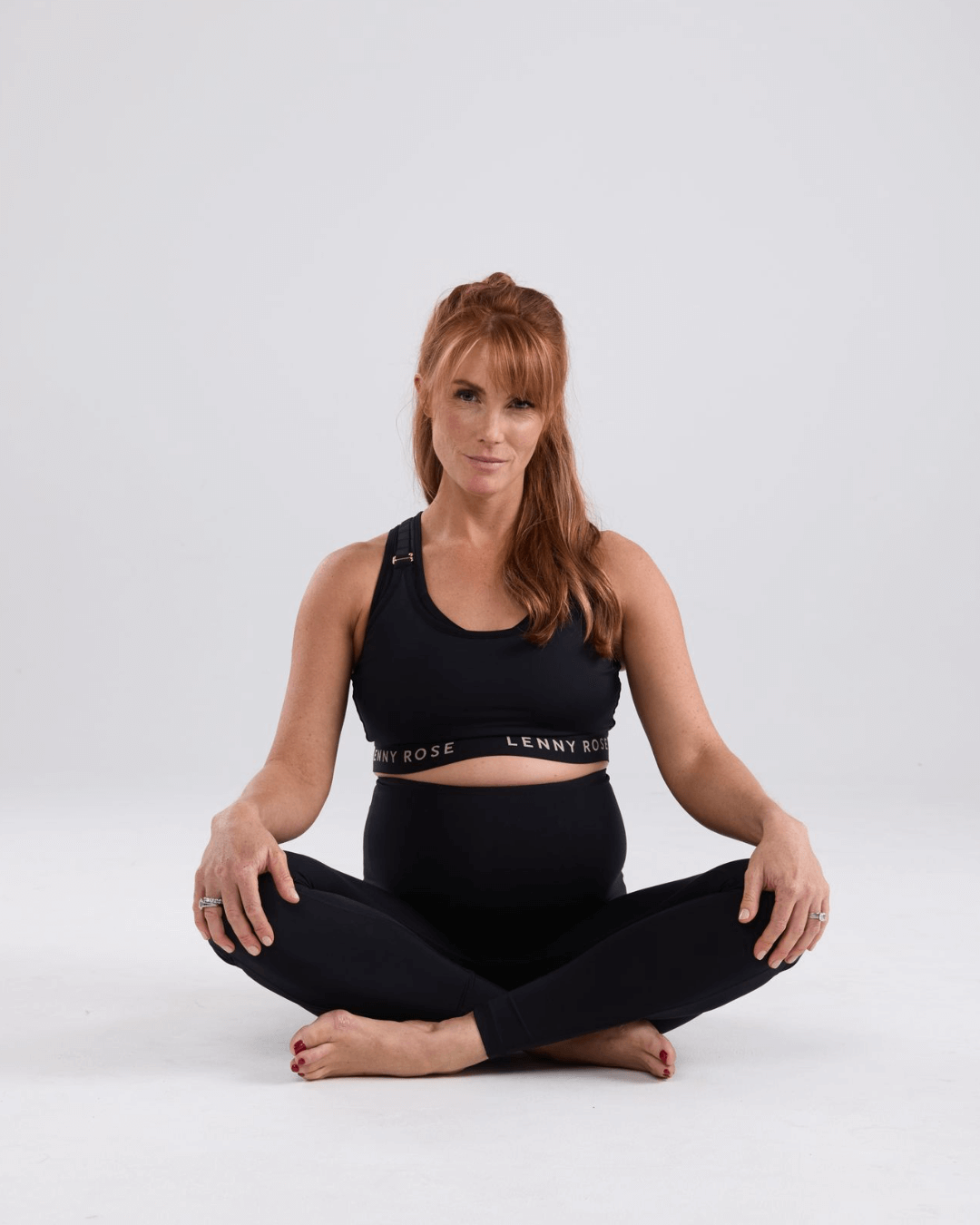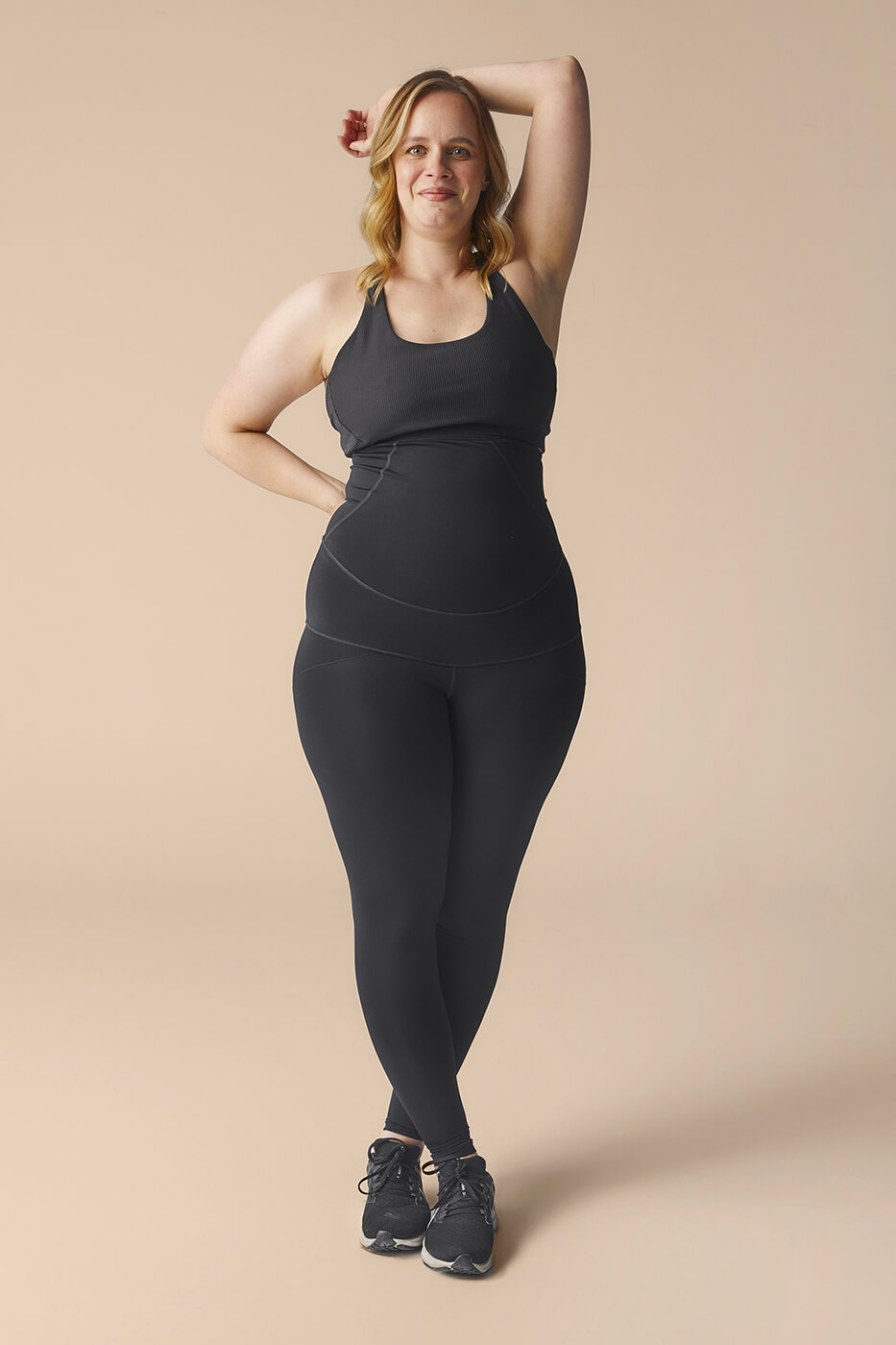Learn directly from a qualified physiotherapist on how pregnant women need to be careful with high blood pressure and the benefits of exercise. Read on!
Blood pressure is a hot topic in pregnancy, mainly due to it being one of the signs or risk factors for a potentially serious pregnancy condition, pre-eclampsia.
Pre-eclampsia is a condition that can affect some pregnant women, most often during the second half of pregnancy (from around 20 weeks) or immediately after delivery of their baby. This is one reason your blood pressure will be monitored at your antenatal appointments in early pregnancy and beyond.
Read on for how to prevent high blood pressure during pregnancy with exercise, as well as the signs of high blood pressure in pregnancy (of which there might not be any that you notice).
Normal vs High Blood Pressure Range
“Normal” blood pressure is defined as 120/80 or below, according to the American College of Obstetrics and Gynaecology (ACOG) whereas “Elevated” or high blood pressure is when the Systolic (upper number) is above 120-129 mmhg, on the lower number of 80 mmhg or below.
Stage 1: Hypertension high blood pressure range is 130-139/80-89 mmhg.
Stage 2: Hypertension: Systolic at least 140 mmhg or diastolic at least 90 (i.e. BP in pregnancy 140/90).
As always, I highly recommend to reach out to your doctor for a formal test and understand your optimal blood pressure that reflects your current state of health.
So… let’s cover the basics first: Why does blood volume increases during pregnancy?
The main reason for the increase is to accommodate the needs of your growing foetus, and the blood supply via the placenta. Blood plasma volume will increase by over 1L over the course of the pregnancy, which accounts for around huge 50% increase plasma blood volume.
Is High Blood Pressure Common In Pregnant Women?
High blood pressure in pregnancy is relatively common, affecting approximately 5-10 % of pregnant women, albeit to varying degrees. High blood pressure can be a sign of a more sinister condition, pre-eclampsia, which is diagnosed with elevated blood pressure and protein in the urine, and can be a more serious condition which needs close monitoring.
Types of High Blood Pressure During Pregnancy
Gestational Hypertension
Women with gestational hypertension have high blood pressure that develops after 20 weeks of pregnancy - without signs of protein in the urine or other complications. Read this blog to learn more about prenatal exercise & diet for women with Gestational Diabetes.
Chronic Hypertension
Women entering into pregnancy with high blood pressure already present, or that develops before week 20 of pregnancy, is usually known as chronic hypertension. It can be hard sometimes to determine though when the high blood pressure began, as many women will have no symptoms.
Chronic Hypertension With Preeclampsia
Sometimes a woman with existing high blood pressure has a worsening of her high blood pressure in pregnancy, as well as, protein present in their urine or other high blood pressure related complications.
Preeclampsia
When high blood pressure develops after the 20th week of pregnancy and has other symptoms related to elevated blood pressure such as protein in the urine and damage to other organs, this is known as pre-eclampsia.
This can have serious health implications for both mother and baby, which accounts for a small percentage of preterm babies born. We used to only diagnose preeclampsia when protein was found in urine, but doctors now know it can exist without any protein being present in a woman’s urine.
Check out Pregnancy, Baby & Birth’s advice on treating preeclampsia.
How Does Blood Pressure Change During Pregnancy?
In Early Pregnancy
In early pregnancy, there are many vascular changes going on, which affect blood pressure. Many women will experience dizziness due to lower blood pressure in the first trimester, as blood vessels soften and dilate to accommodate an increase in blood volume.
There is a lag between the blood vessel changes and blood volume increases, which means the pressure is low in the cardiovascular system. Blood pressure is usually at its lowest in early-mid second trimester.
Symptoms of low blood pressure include feeling lightheaded or dizzy or fainting.
You can help to manage it to a certain extent by ensuring adequate fluid intake, and being careful to move slowly from lying or sitting to standing - as the postural change in blood pressure is aggravated by lower blood pressure levels. Lying on your left side can also help to improve blood flow return to the heart and ease the symptoms.
This is one of the many reasons why we created our Sacred Support Maternity Leggings. It has been specifically designed to improve blood flow return, relieve aching legs and extra support in your lower back and pelvis.
In Late Pregnancy
In a healthy pregnancy, blood pressure slowly drops until about the middle of the gestation period, after which it slowly begins to rise again towards the end of pregnancy, back to normal or pre-pregnancy levels.
Those with gestational high blood pressure are usually picked up after the 20th week, as blood pressure levels rise to above normal, which can be harmful for both mum and bub. That’s why close monitoring is vital!
It’s important to note that the symptoms of high blood pressure in pregnancy may be non-existent for some, and for others, they will experience some of the below.
Symptoms & Risks
High blood pressure may not have any symptoms, and so is one of the key reasons that you will have your blood pressure taken regularly throughout pregnancy.
Some signs of high blood pressure in pregnancy that may be present if you develop preeclampsia, may include:
- Severe headaches
- Dizziness or blurred vision
- Sudden swelling
- Shortness of breath
- Rib pain, usually high under right side
- Nausea and vomiting
Risk Factors for developing high blood pressure in pregnancy include:
- Chronic hypertension (high blood pressure before entering pregnancy)
- First time pregnancy or more than 10 years since last pregnancy
- Having had preeclampsia in a previous pregnancy
- Carrying multiples
- Pregestational diabetes
Benefits of Exercising To Control Blood Pressure
Exercising is a great natural remedy for high blood pressure during pregnancy. Although, we recommend always doing so in consultation with your healthcare provider.
If you have been diagnosed with preeclampsia, you may be wondering “can you exercise with preeclampsia?”. This will require guidance from your doctor, as many women will require bedrest for preeclampsia, which is different to high blood pressure.
For those with slightly elevated blood pressure, regular physical activity will help to make your heart stronger as it helps your heart to pump blood more easily and encounter less resistance to blood flow (which can lower blood pressure). The catch is you need to be consistent and regular, as the benefits reduce if you stop exercising.
Some studies have shown that resistance training can help to reduce blood pressure, and is a personal favourite way (one of!) to move in pregnancy, so is worth considering when chatting to your health care provider. Other great benefits include stress reduction, improving posture and reducing back pain, improving mental health and more!
For general information on exercise in pregnancy, you can check out our exercise in pregnancy guidelines. My other recommendations including following a healthy diet and stress management.
Blood pressure changes are a normal part of pregnancy, but high blood pressure can be an indication of more serious conditions such as preeclampsia, which needs careful management.
Your antenatal appointments should include regular blood pressure checks - regardless of your risk factors - because high blood pressure often has no symptoms. Regular exercise can help to reduce the symptoms and associated risks of high blood pressure, but preeclampsia needs consultation with your health care provider as to whether to exercise or rest.
Download our FREE Prenatal Guide To Exercising Safely at every trimester. Written and approved by health professionals to ensure you get information you can trust.






